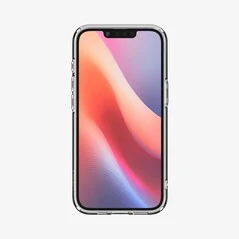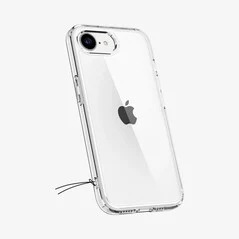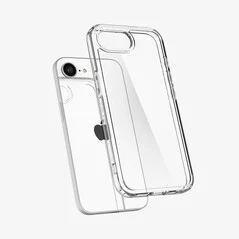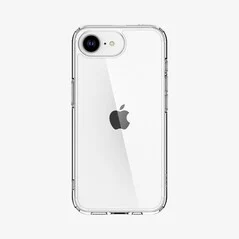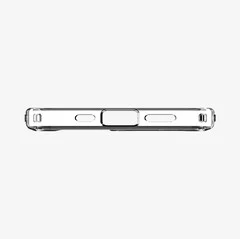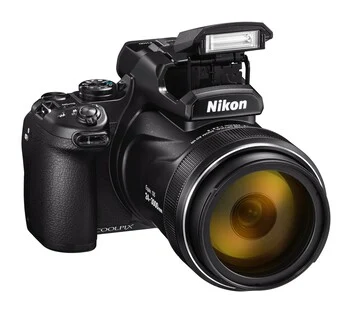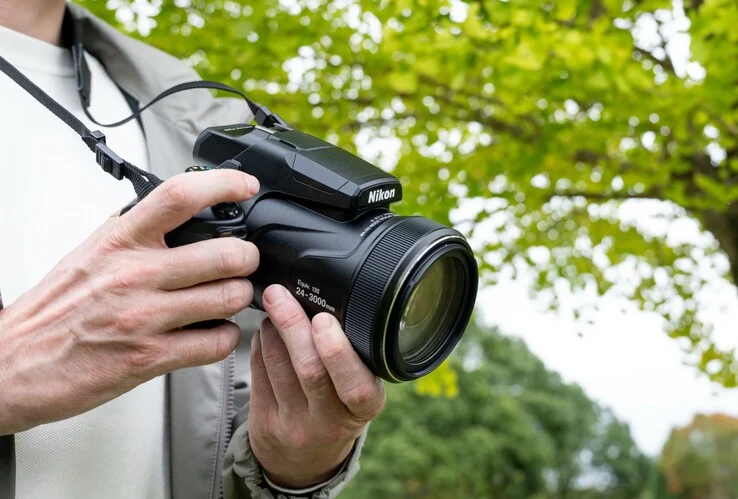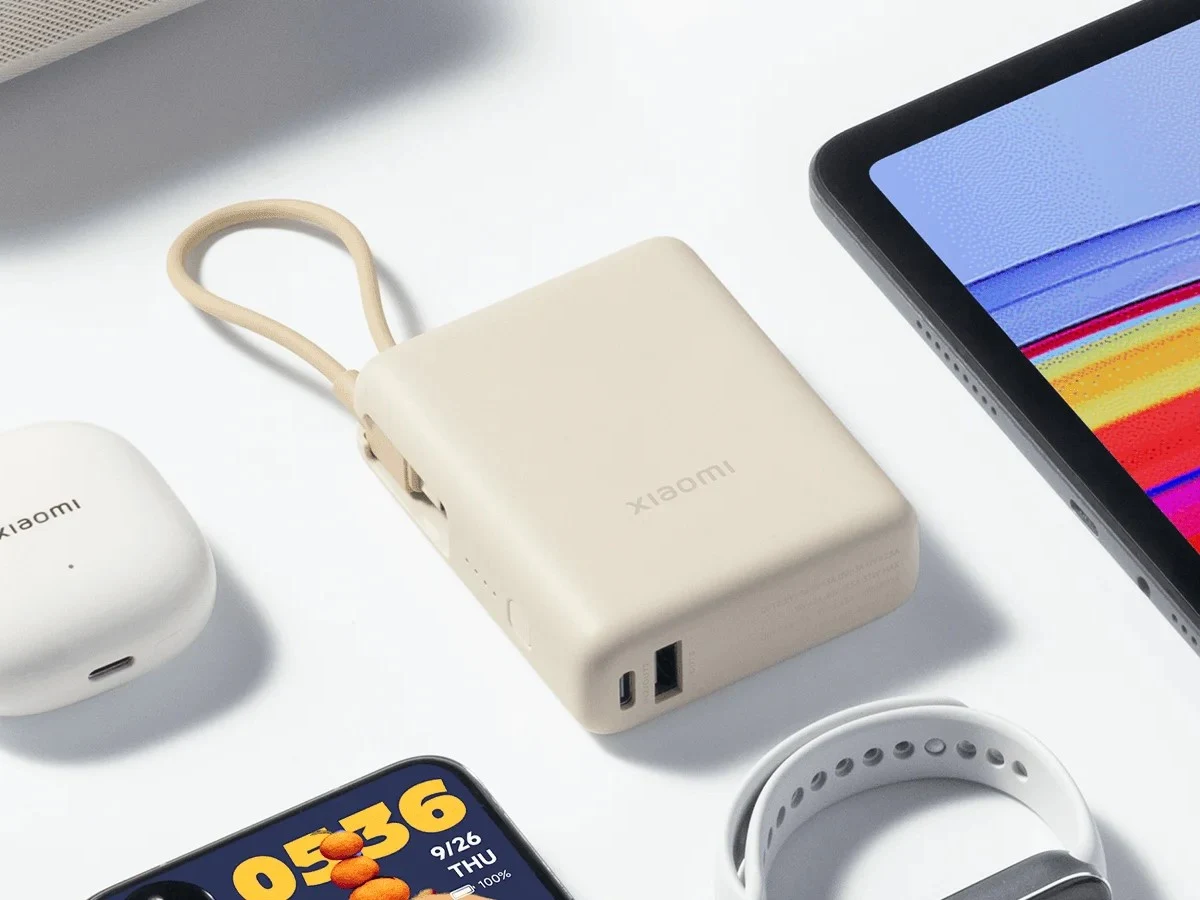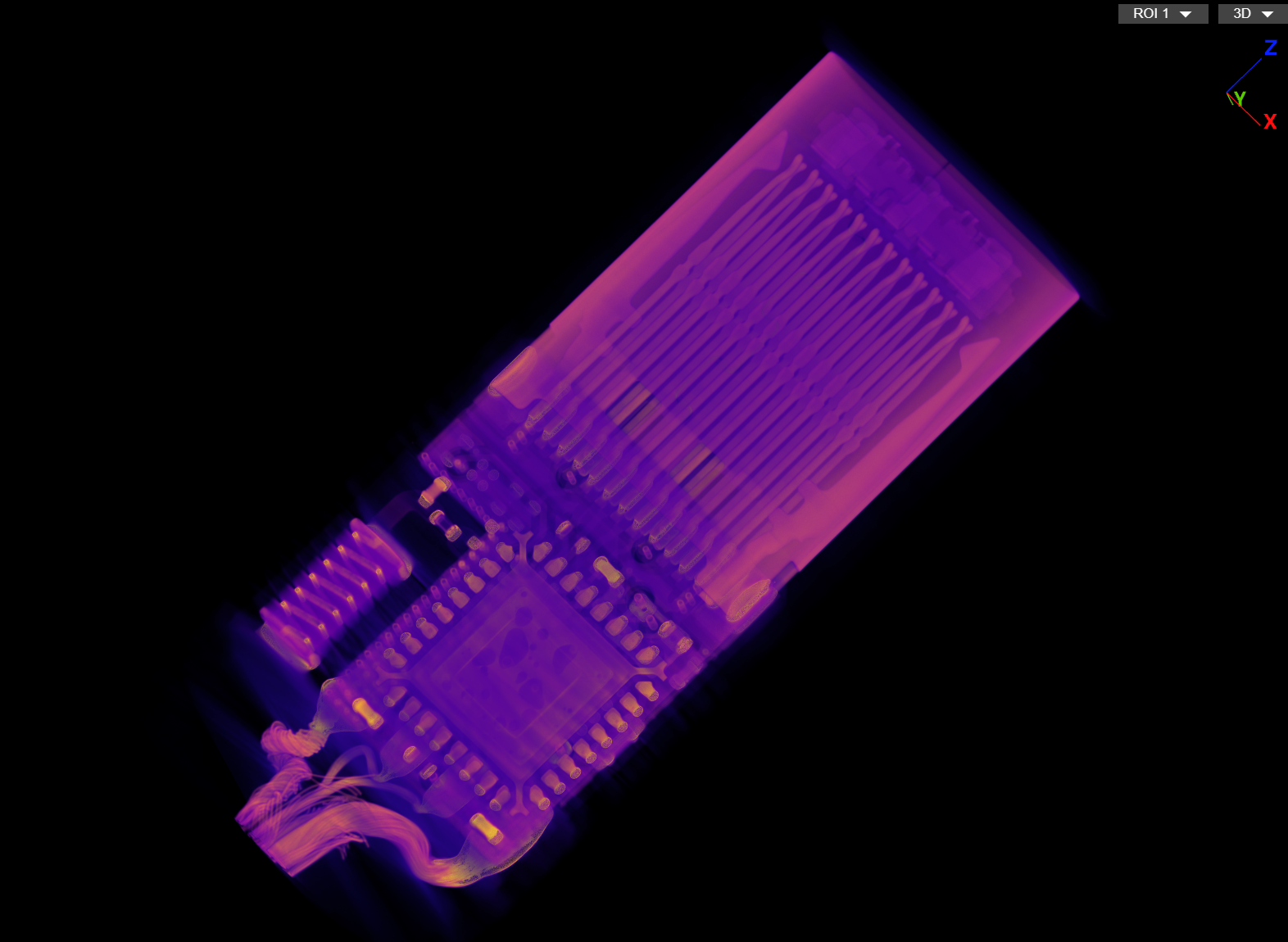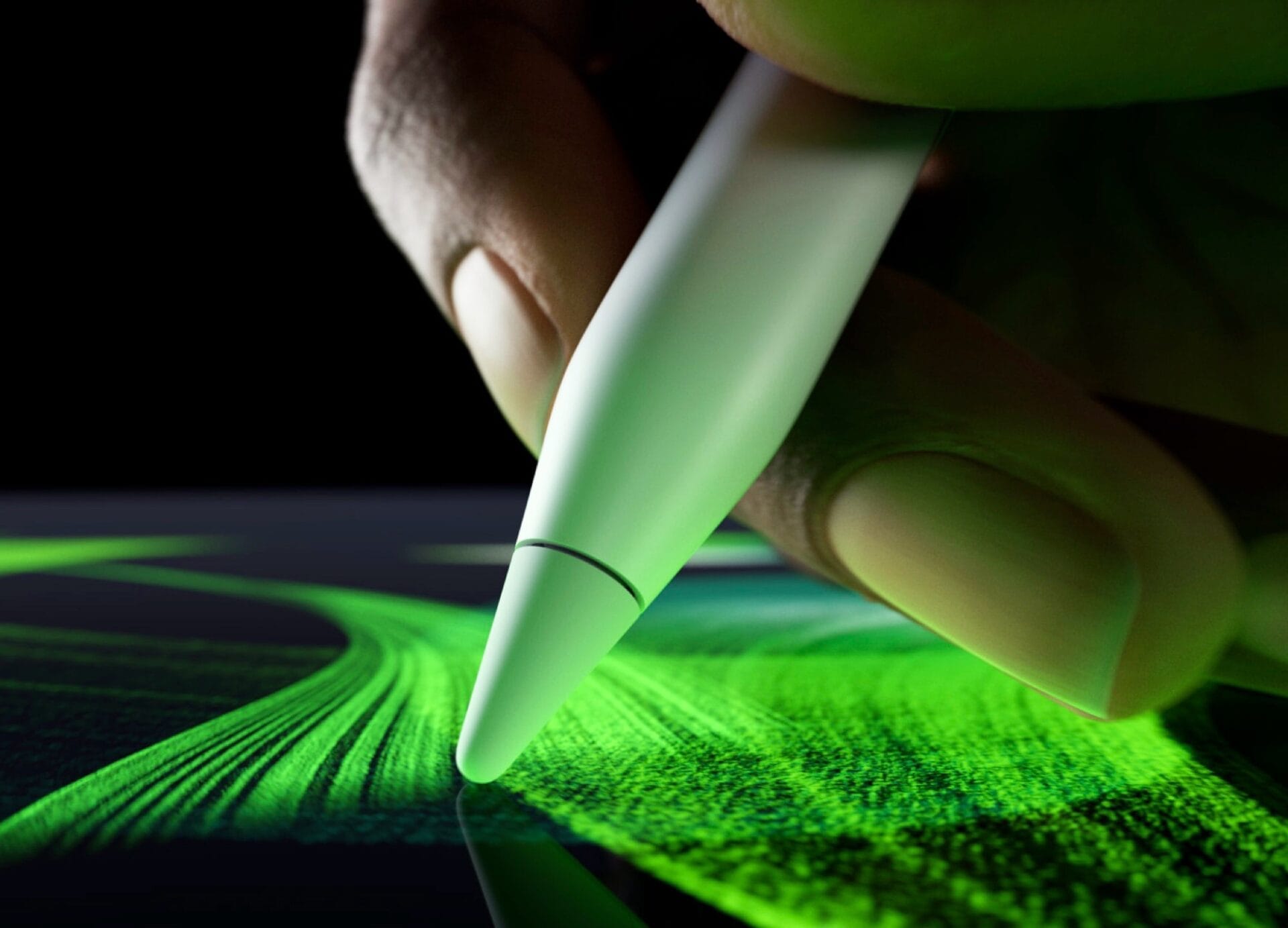In an unexpected turn of events, Spigen’s webpage for an iPhone SE 4 case was briefly made visible. Just hours ago, this clear case meant for the upcoming fourth-gen iPhone SE was showcased in various render images.
Images Captured
Before the page was taken down, we managed to grab the related images. Although these pictures are not official from Apple, the design of the phone aligns well with earlier leaks and speculations from trusted sources like Bloomberg’s Mark Gurman. He recently suggested that the iPhone SE 4 might be revealed in just a few days.
A Modern Look
For the first time, a model from the relatively budget-friendly iPhone SE lineup will feature a more current design inspired by the iPhone 14. It seems that the device will not include the latest Dynamic Island, but instead will have a notch similar to those found in older Face ID models.
As a result, the iPhone SE 2025 will lack a home button or Touch ID, making facial recognition the standard for all Apple devices. On the back, there’s only one camera lens, likely using a modern 48-megapixel sensor.
Notable Features and Pricing
The images also show an action button replacing the traditional mute switch. Although there have been mixed reports about this modification, it was already established that the new model would come with a USB-C port, which is now required in the EU.
Regarding pricing, it appears that Apple might raise the MSRP of the iPhone SE 4 a little. Priced at around $500, the new phone would still be much more affordable than the iPhone 16, which features the same Apple A18 chipset.
Source:
Link


